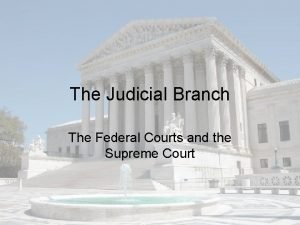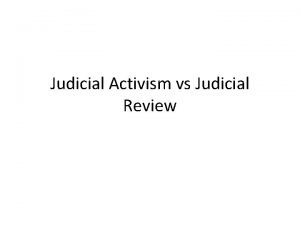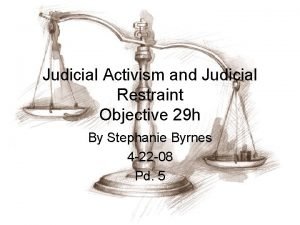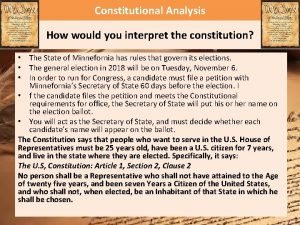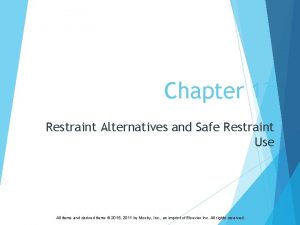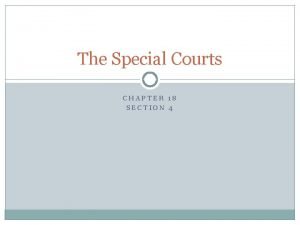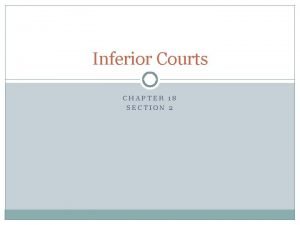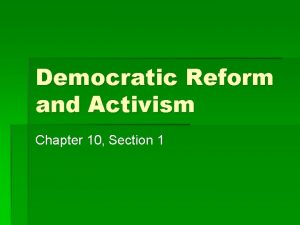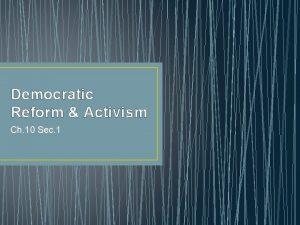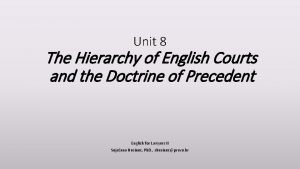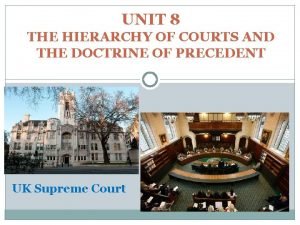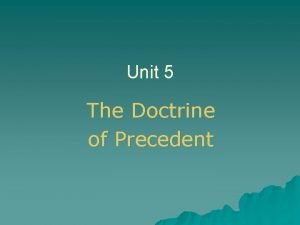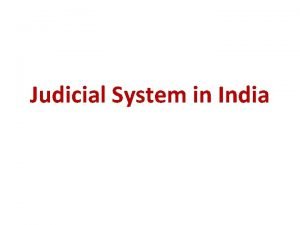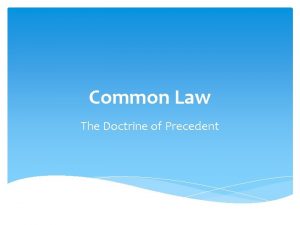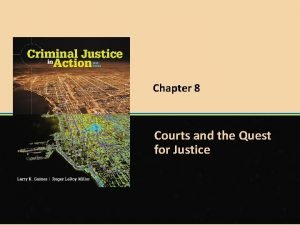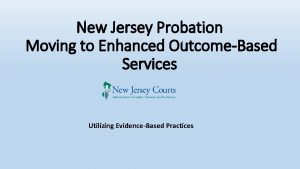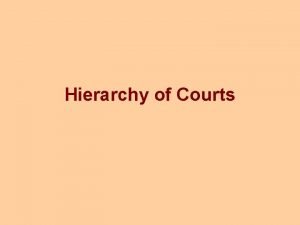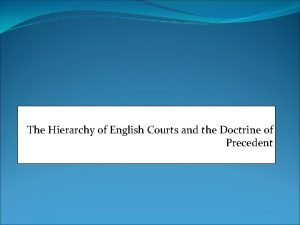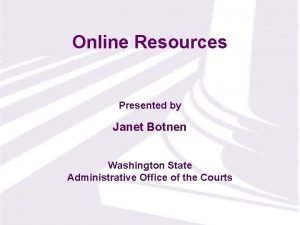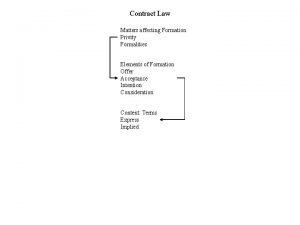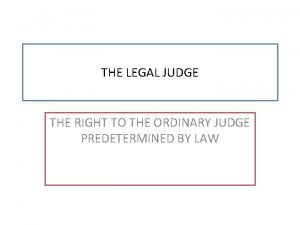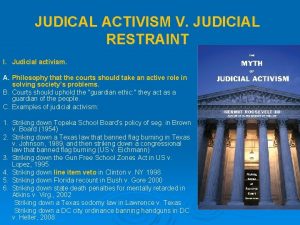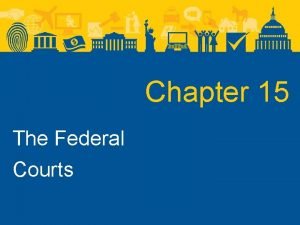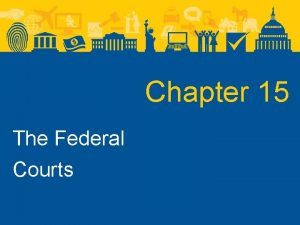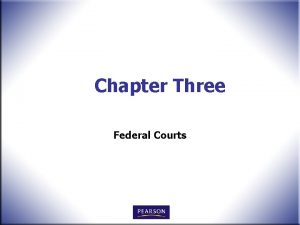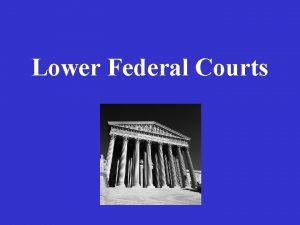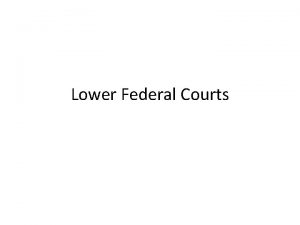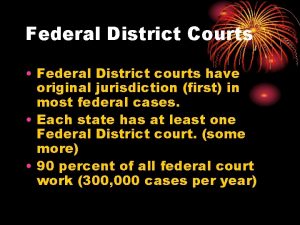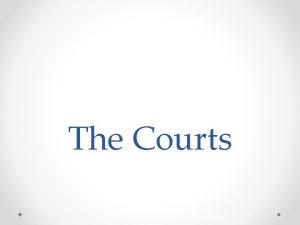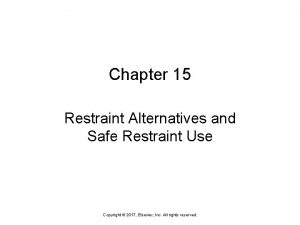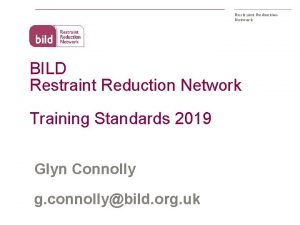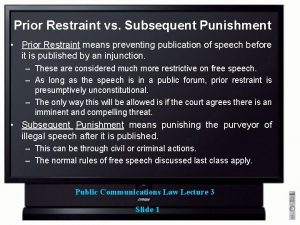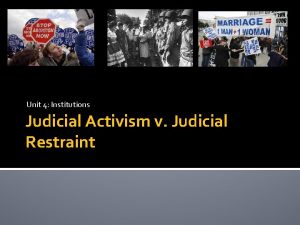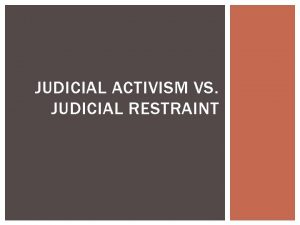Chapter 12 THE FEDERAL COURTS Activism versus Restraint



























- Slides: 27

Chapter 12 THE FEDERAL COURTS: Activism versus Restraint Behavioral Focus: Approaches to Studying Judicial Behavior © 2011 Taylor & Francis

Introduction • There are various approaches to studying the role of the American courts. • Inherent to academia, competing paradigms have set out to explain judicial behavior. • • ideological differences institutional design historical events political actors © 2011 Taylor & Francis

Introduction: How a Case gets to the Supreme Court

Approaches to Understanding Judicial Behavior • Legal Model (Classical Reasoning Model) • Legal Realism • Critical Legal Studies (an offshoot of Legal Realism) • The Attitudinal Model • The Strategic Model • Historical Institutionalism © 2011 Taylor & Francis

Legal Model (Classical Reasoning Model) • The legal model relies on precedent and fixed rules for adjudication. • The classical reasoning model states court rulings should be based upon • objective facts • legal precedents • and be decided by an impartial jury or judge © 2011 Taylor & Francis

Legal Model • Judges should follow a formula when deciding any case: • Rules of law (R) + precedent (P)= decision (D) • This is known as mechanical jurisprudence whereby court cases are decided in an objective manner promoting clear precedents and following standardized rules. • Consequently, judges must consider precedents in deciding future cases. © 2011 Taylor & Francis

Legal Model • The Legal Model is characterized by established rules and procedures: • Objectivity in judges’ decisions. • Legal restraint: Judges should not attempt to make policy. • Precedent dictates the outcome of similar cases. © 2011 Taylor & Francis

Legal Realism • Legal realism is the antithesis of the Legal Model: Turns the Legal Model “on its head. ” • Legal realists, recognize the following factors affect court proceedings and the dispensation of trials in the United States: • informal norms (non-trial negotiations) • psychological predispositions of legal actors • sociological factors (non-legal arguments allowed in testimony) • “contested” truths © 2011 Taylor & Francis

Legal Realism • In this tradition, law is relative to a specific court case • Justice becomes subjective to the needs of society or parties involved in the particular case. • Legal precedents are subordinate to the concerns of the litigants and beliefs and values of the judges. • The conclusion (decision) drives what facts and procedures will be allowed in the course of the trial. © 2011 Taylor & Francis

Legal Realism • Thus, the formula may be seen as: • Decision = facts + rules of law + precedent • Stare decisis is downplayed or ignored. • The outcome determines the procedures and rules. © 2011 Taylor & Francis

Legal Realism • Legal realism may be characterized by: • Judicial subjectivity • Judicial activism: Courts are active in policymaking • Idiosyncratic reasons determining judicial rulings © 2011 Taylor & Francis

Critical Legal Studies • The legacy of legal realism may be attributed to the advent of • • • European postmodernist theory critical theory deconstructionist philosophy post-Marxist politics and the social movements of the 1960 s and 1970 s. © 2011 Taylor & Francis

Critical Legal Studies • These counter-culture movements provided an opportunity for political liberals and radicals to address inequalities within the law. • The critical legal studies (CLS) movement originated at a meeting at the University of Wisconsin-Madison in 1977. • CLS set out to use the law “as a tool to overturn the hierarchical structure of domination” which is inherent in a capitalistic society. © 2011 Taylor & Francis

Critical Legal Studies • Proponents of CLS: • View the law as perpetuating the current system that is based upon power relationships and dominated by males. • Therefore, the legal system is inherently unfair and biased to elites. • Subsequently, one should not look for justice in the current legal structure as these power relationships are perpetuated through law schools, which indoctrinate law students to further these oppressive and biased procedures and beliefs. • So, proponents of CLS suggest changing the legal system (through various strategies) to make it more responsive to everyone. © 2011 Taylor & Francis

The Attitudinal Model • The Attitudinal Model is developed from the tradition of legal realism. • Attitudinalists take into account the psychological, sociological, and ideological policy preferences of the judges when deciding cases. © 2011 Taylor & Francis

The Attitudinal Model • In turn, judges are political actors who interject political ideology into decisions—judicial activism! • These subjective decisions are influenced by: • Ideology • Public opinion • Political socialization © 2011 Taylor & Francis

The Attitudinal Model • Leading proponents of the Attitudinal Model are Harold Spaeth and Jeffrey Segal • The Supreme Court Attitudinal Model (SCAM) predicts how a judge will “vote” on a given case. • SCAM uses ordinal measurements to compile aggregate votes of each justice, based upon ideological constructs (liberal and conservative), to determine if they applied their personal policy preferences when deciding court cases. • SCAM has successfully predicted 74% of the Supreme Court decisions since the late 1970 s. © 2011 Taylor & Francis

The Strategic Model • The Strategic Model extends the Legal Realist’s argument that public opinion, institutional legitimacy, and the aspirations of justices as political actors must be considered to accurately study the behaviors of Supreme Court justices. • The Strategic Model advocates judicial behavior is largely subjective. • In turn, judges may be appealing to audiences or constituency when ruling on a case. © 2011 Taylor & Francis

The Strategic Model • Judges may act to legitimize the role and power of the institution through their rulings. • Judges use the facts of a case to further a desirable end, position themselves for future legal battles. • Therefore, they may not “vote” according to their ideal preference, but make compromises when deciding cases. © 2011 Taylor & Francis

Historical Institutionalism • Historical institutionalists emphasize the role of political regimes • As well as the organizations and political actors who comprise governing institutions. © 2011 Taylor & Francis

Historical Institutionalism • Institutional approaches allow one to escape the metaphorical “black box” applied to the procedures and interactions of the Supreme Court • Explore the extent to which judicial behavior is affected by: • historical events • other branches of government • and political parties. © 2011 Taylor & Francis

Historical Institutionalism • Legal scholars and political scientists have examined the interrelation of the three branches of government and their effect on the role and disposition of cases by the Supreme Court. © 2011 Taylor & Francis

Historical Institutionalism • To understand judicial behavior, specifically the behavior of Supreme Court Justices, one must consider: • Historical or external events • Relations with other institutions (Congress, President, Bureaucracy, polity) • Judges are political actors who bring ideology into their decisions • The role the Constitution, federalism, separation of powers, political actors (i. e. the Solicitor General), and the general character of the regime must be considered when exploring what cases are accepted by the Supreme Court and how these cases are decided. © 2011 Taylor & Francis

Historical Institutionalism Example

Historical Institutionalism

Implications for Further Scholarship • Empirical and qualitative research methodologies exploring the similarities and differences between courts in the United States and other countries will only strengthen scholarship on judicial behavior and the judiciary. • Thus, comparative approaches to studying courts have become more prominent in scholarly research. © 2011 Taylor & Francis

Implications for further scholarship • Worldwide Usage of the Common Law and Civil Code Traditions
 Judicial restraint
Judicial restraint Judicial restraint vs judicial activism
Judicial restraint vs judicial activism Judicial activism vs judicial restraint
Judicial activism vs judicial restraint Judicial activism vs judicial restraint
Judicial activism vs judicial restraint Judicial activism v. judicial restraint
Judicial activism v. judicial restraint Restraint alternatives
Restraint alternatives Restraint alternatives
Restraint alternatives Difference between indulgence and restraint
Difference between indulgence and restraint The special courts
The special courts Chapter 18 section 2 the inferior courts worksheet answers
Chapter 18 section 2 the inferior courts worksheet answers Democratic reform and activism
Democratic reform and activism Chapter 10 section 1 democratic reform and activism
Chapter 10 section 1 democratic reform and activism Uk courts hierarchy
Uk courts hierarchy Courts hierarchy
Courts hierarchy British court hierarchy
British court hierarchy Tennis courts wolverhampton
Tennis courts wolverhampton Judiciary system in india
Judiciary system in india Courts hierarchy
Courts hierarchy 4 levels of state courts
4 levels of state courts Arizona irs
Arizona irs Specialisation court hierarchy
Specialisation court hierarchy New jersey courts
New jersey courts Judicial restraint clipart
Judicial restraint clipart Jurisdiction of supreme court
Jurisdiction of supreme court English courts hierarchy
English courts hierarchy Inside courts wa
Inside courts wa When will the courts imply terms into a contract
When will the courts imply terms into a contract The indolent judge
The indolent judge
